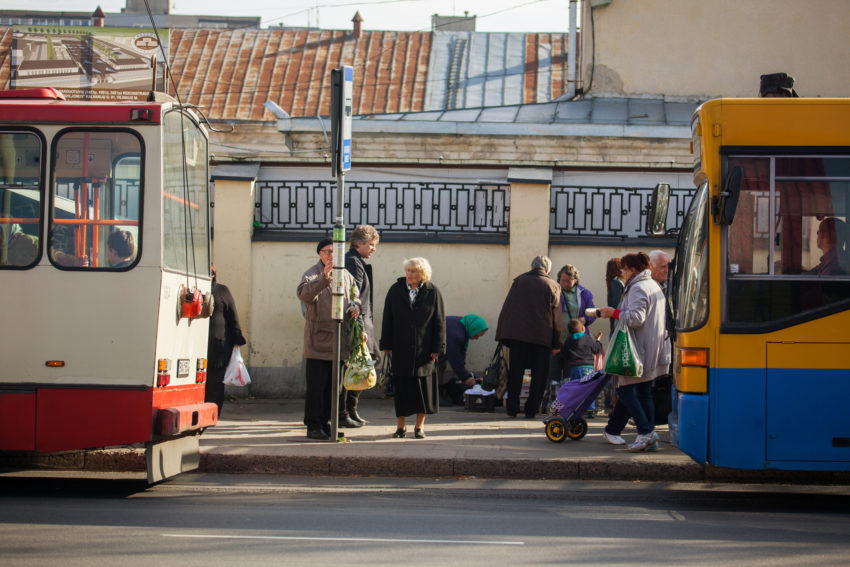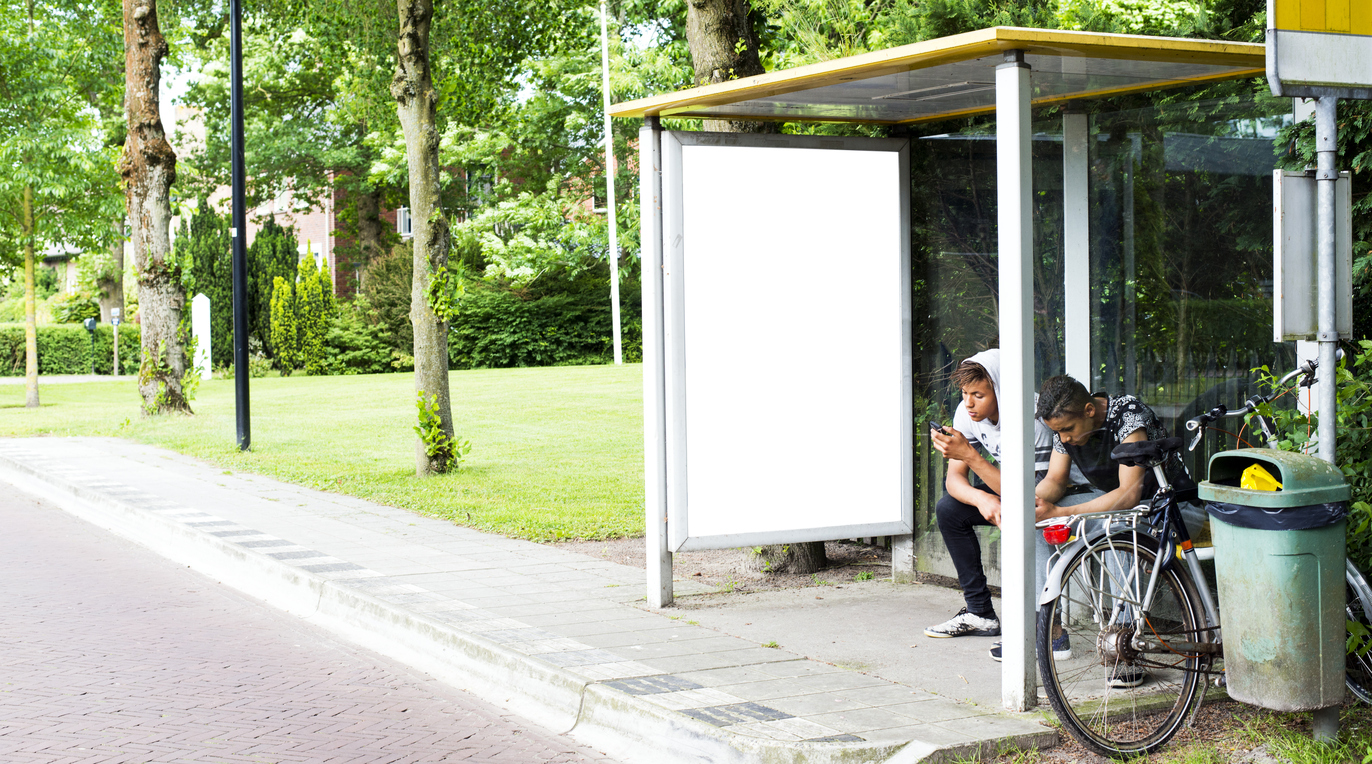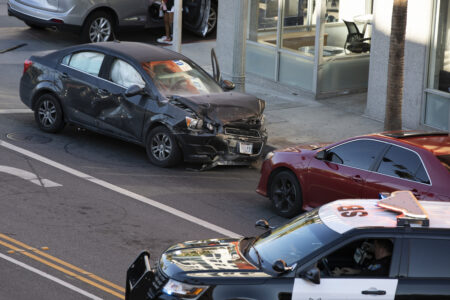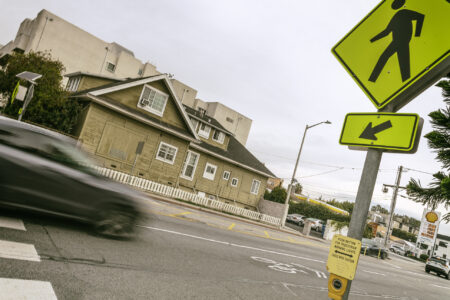
Share On Social!
Amazon, one of the biggest American companies, made it clear that public transit is an essential component for choosing a site for their second headquarters.
No matter what side of the “Amazon headquarters” debate you land, public transit is a pretty reasonable public good to request from a city because it plays a major role in health, equity, economic development, and sustainability.
The thing is, public transit success depends not only on local investment to expand and improve service, but also commitment from federal partners.
Yet, the federal government is proposing to eliminate the Capital Investment Grant program, which matches local funds to build new transit systems and upgrade existing systems.
Transportation for America created a guidebook, Fight for Your Ride: An Advocate’s Guide for Improving & Expanding Transit, to help local advocates who want to improve public transportation service and accessibility in their communities.
Hidden Costs of Driving
Because driving is highly subsidized by society, in the amount we pay through taxes for road infrastructure, air pollution, traffic congestion, and accidents, it can be difficult for the average driver to understand the hidden, indirect costs.
Each mode of transportation—walking, biking, busing, driving—contributes to or burdens the social system in the form of direct and indirect costs. For example, if driving costs you $1, it costs society $9.20 in hidden costs, according to the Cost of Commute Calculator for Vancouver, a project by Discourse Media. Compare this to taking the bus, which only costs society $1.50, biking, which only costs society $0.08, and walking, which only costs society $0.01 for each $1 in direct costs.
Driving is costly, both in time and money, and excludes youths and seniors, thus is not an affordable or realistic option for much of the population. In fact, economic mobility is linked to geographic mobility, which is a factor of land-use and transportation.
U.S. cities with the worst public transit networks have the highest economic segregation and health disparities.
 Public transit can increase access to employment, education, healthy food, recreation, healthcare, and other daily goods and services.
Public transit can increase access to employment, education, healthy food, recreation, healthcare, and other daily goods and services.
In order to reduce congestion, air pollution, traffic fatalities, health disparities and income gaps, cities must consider the hidden costs of driving and invest more in public and active transportation networks.
Fight for Your Ride
Released in February 2018, by Transportation for America, Fight for Your Ride: An Advocate’s Guide for Improving & Expanding Transit offers tangible steps organize local advocates to make transit service better in their communities.
The guidebook includes:
- Introduction: the first section focuses on the threat to federal funding.
- Campaign Tactics: the next section outlines the steps to take to urge your representatives to preserve funding for transit, build a winning coalition, and craft a winning message.
- Transit Solutions: the next section details specific, proven practices and plans from cities across the country. This section offers various approaches and ideas to improve transit with examples of where each approach has been used.
- In-Depth Case Studies: the last section consists of three detailed case studies of successful campaigns, showing the path local advocates took and the lessons learned along the way.
- Appendix: finally, an appendix details the way public transit is funded and the agencies that make decisions about local transit.
As a project of Smart Growth America, Transportation for America is an alliance of elected, business, and civic leaders from communities across the country, united to ensure that states and the federal government step up to invest in smart, locally-driven transportation solutions.
By The Numbers
27
percent
of Latinos rely on public transit (compared to 14% of whites).



